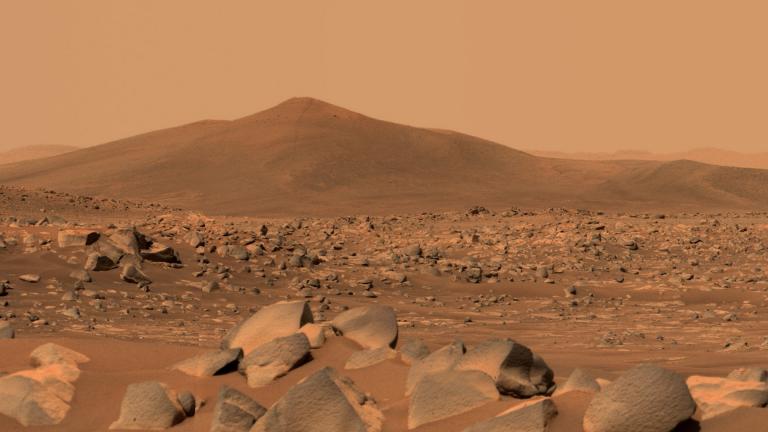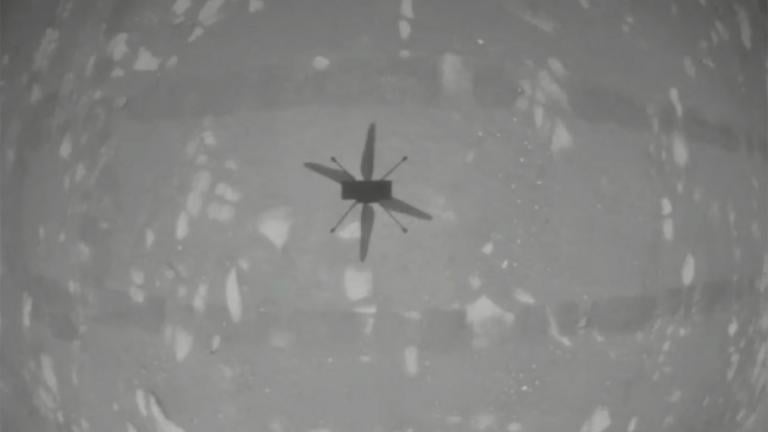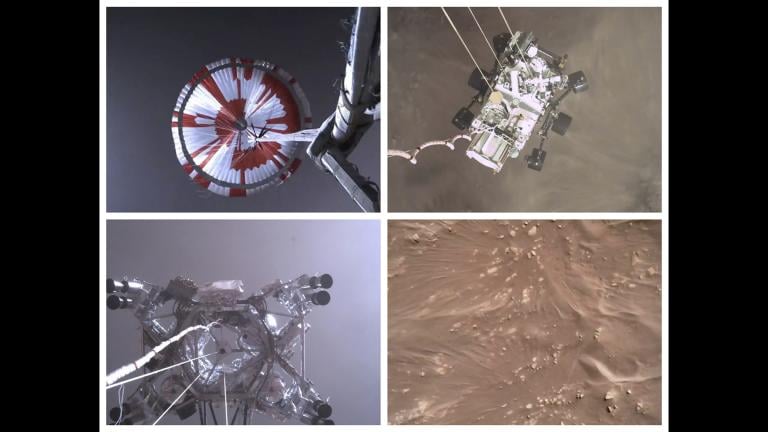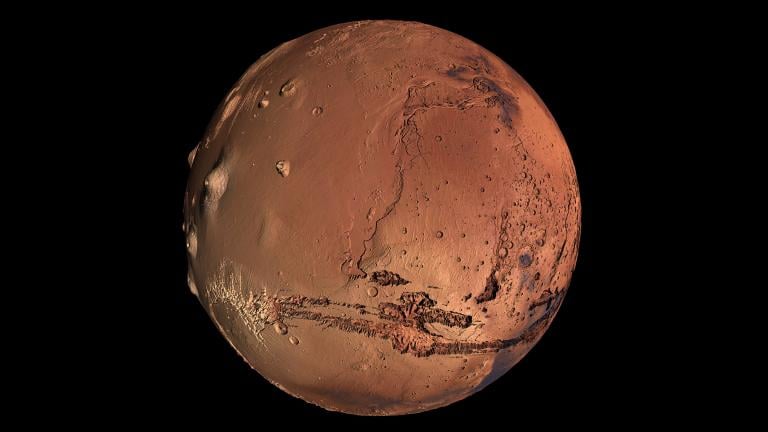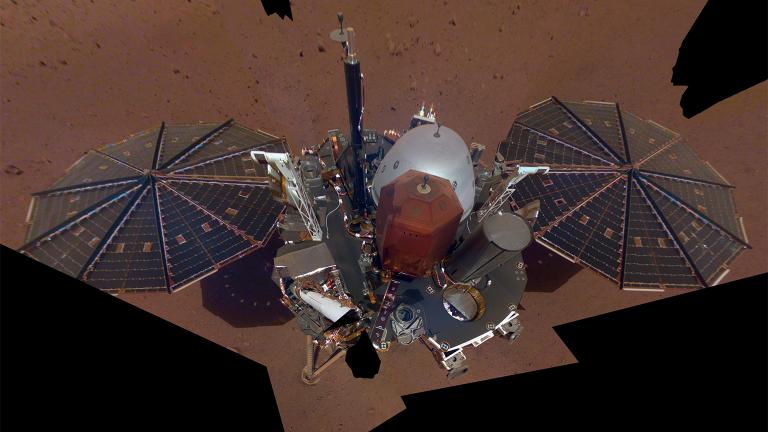Fifty years after Neil Armstrong and Buzz Aldrin became the first humans to set foot on the moon, a new era of space exploration and possibly even colonization is dawning.
China is planning to send astronauts to the moon by 2035. President Donald Trump wants Americans back on the moon by 2024 as a precursor to establishing a permanent moon base and sending astronauts to Mars.
Billionaires Elon Musk and Jeff Bezos have even more grandiose visions for the future involving large-scale human colonies on Mars and in space.
Just what could human exploration of space look like over the next 50 years?
“You kind of have these two billionaires with their very competing visions for how space exploration is going to play out,” said Mark Subbarao, director of the Space Visualization Laboratory at the Adler Planetarium. “Jeff Bezos just had this big event a month or two ago where they are pushing this vision for space exploration in terms of these very large artificial satellites called O’Neill Cylinders or O’Neill Worlds.”
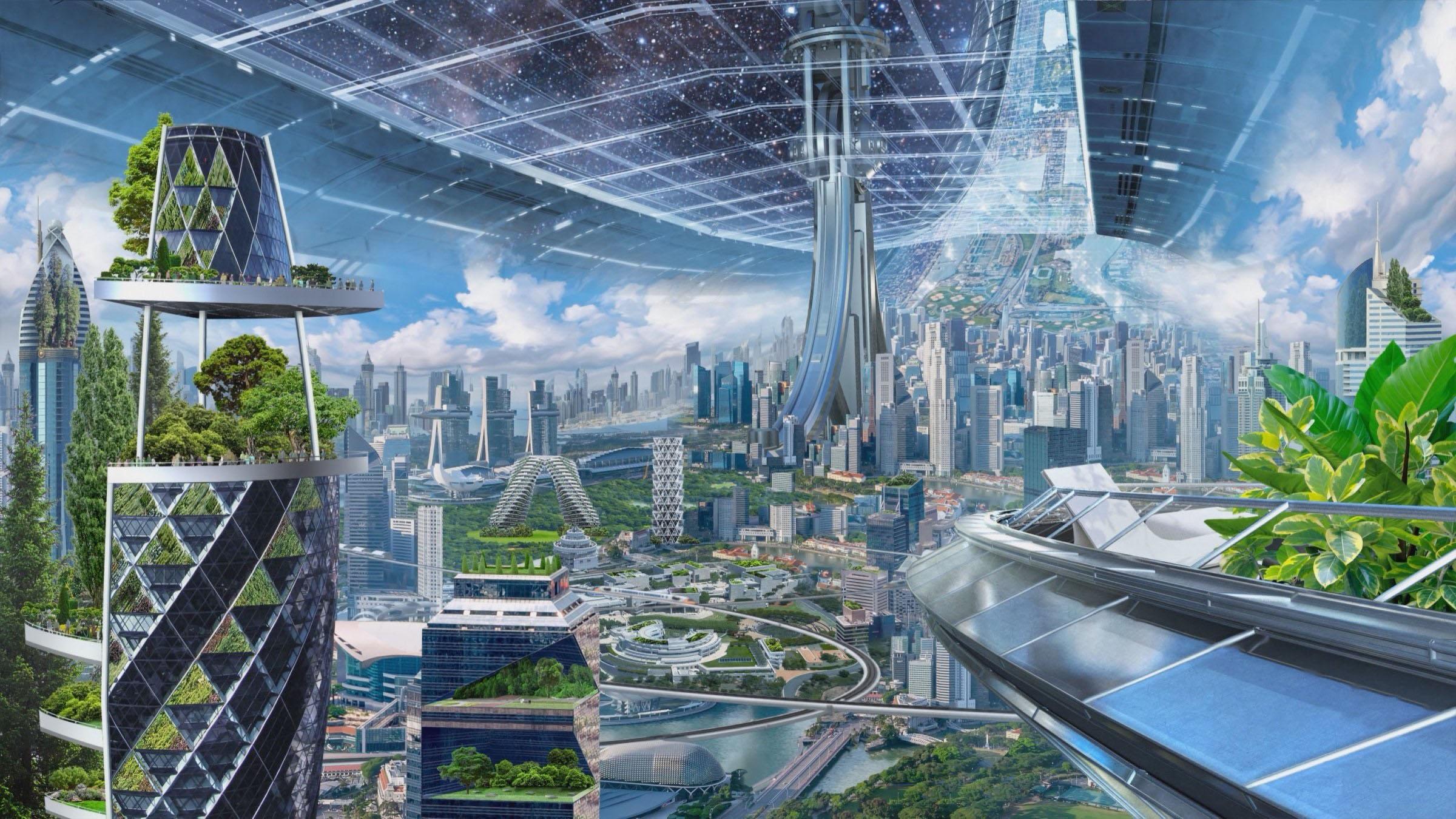 An artist’s concept of an O’Neill cylinder. (Courtesy Blue Origin)
An artist’s concept of an O’Neill cylinder. (Courtesy Blue Origin)
Long a staple of science fiction, the Amazon billionaire recently unveiled his vision for a future in space that would feature enormous artificial worlds that could be home to hundreds of thousands of people.
Meanwhile, Musk famously said that he would “like to die on Mars. Just not on impact.”
Musk’s SpaceX already has designs for a reusable rocket that he hopes will one day transport as many as 100 people at a time to a permanent colony on Mars.
But while Musk and Bezos’ ultimate visions for a human future in space could take decades or even centuries to achieve, plans to establish a permanent presence on the moon are achievable with current technology and sufficient financial backing.
“Things like a moon colony are well within the scale of the fortunes of the people that are talking about it – especially people like Bezos,” said Subbarao. “I think the estimates are anything from $20 billion to $40 billion dollars to build a moon colony.”
One aspect of space travel in which there have been substantial advances is in the quest to develop truly reusable and economic space vehicles.
“That’s where they’ve made a lot of progress and that would be a huge thing in terms of getting the cost of space travel down,” said Subbarao.
But while the cost may be coming down – making long-term missions more viable – NASA and others are still trying to understand what those missions might do to the astronauts on board.
Suzanne Bell is a psychology professor at DePaul University where she studies industrial and organizational psychology. NASA is currently funding Bell to study team composition and dynamics to help guide them when choosing crews for extended space missions, such as its plan to send humans to Mars in the next decade.
According to Bell, the most immediate physical risk to astronauts on long missions is exposure to solar radiation. But assuming astronauts can be shielded from that, the next challenge is understanding what extended missions away from Earth could do to an astronaut’s psyche.
“There are some very serious psychological challenges as we go into deep space for longer durations of time,” said Bell. “Can people live and work together well during periods of extreme isolation for an extended duration in a very confined setting?”
Bell says that NASA is currently making plans for a manned mission to Mars that would involve a crew of four and take up to three years. She notes that as astronauts travel further into space, real-time communication will loved ones becomes impossible.
“One of the things people have been researching is the impact on mental health and whether or not it can lead to things like depression,” said Bell. “It’s a very isolating experience.”
Ultimately, future space exploration may sideline humans altogether in favor of intelligent machines.
And when you start to contemplate the timescales involved in interstellar exploration that could take thousands of years, the case for robotic rather than human exploration only gets stronger. Robots don’t get bored or depressed.
“We got a lot of science out of the Apollo astronauts – we are still learning things from the moon rocks – but dollar for dollar we get way more science out of robotic exploration,” said Subbarao.
Related stories:
Nation Marks 50 Years After Apollo 11’s ‘Giant Leap’ on Moon
Astronomers May Have Detected Neutron Star Being Consumed by Black Hole
New Study Says Universe Expanding Faster and Is Younger
Astronomers Take First-Ever Picture of a Black Hole

